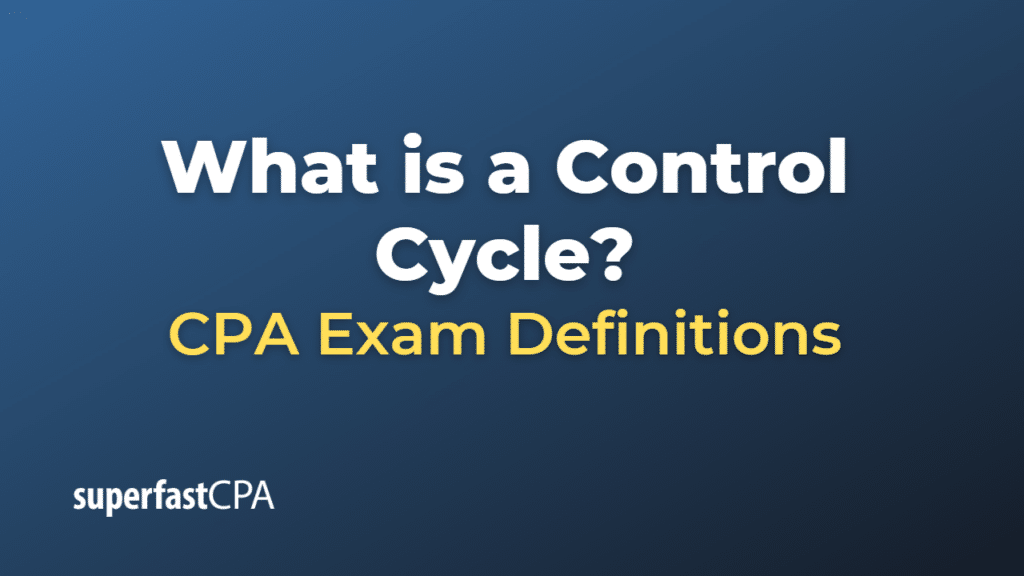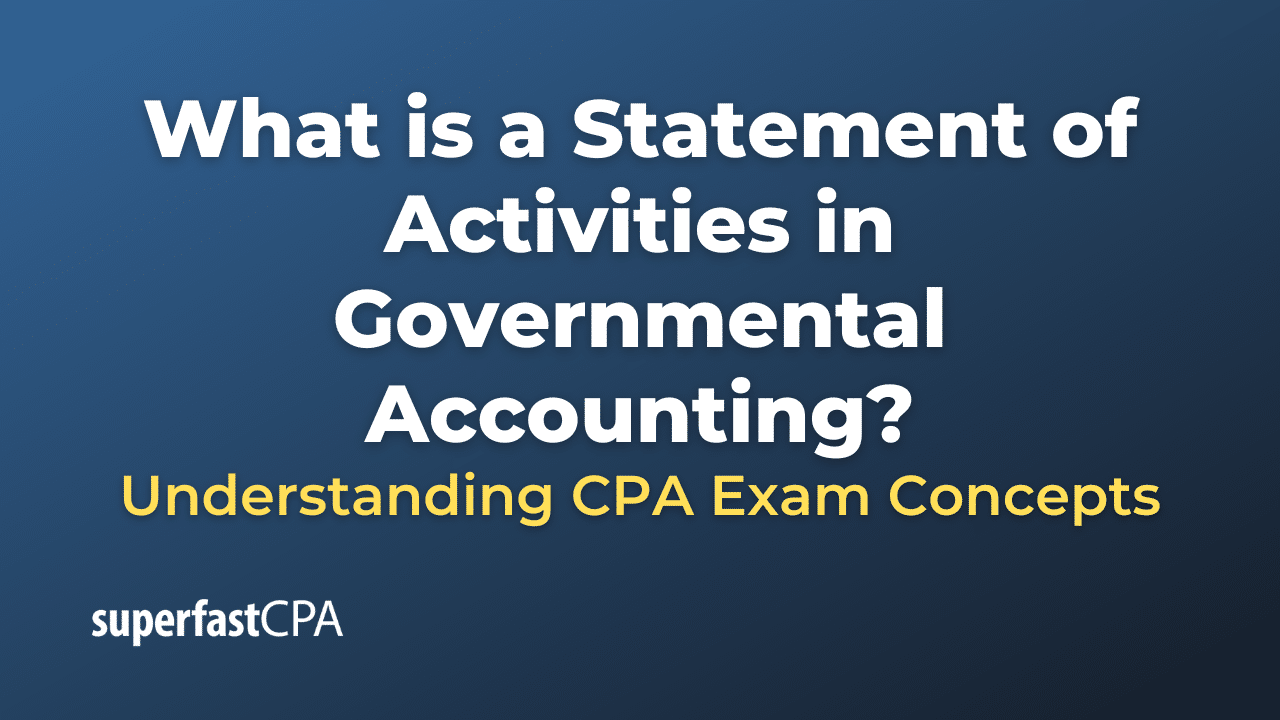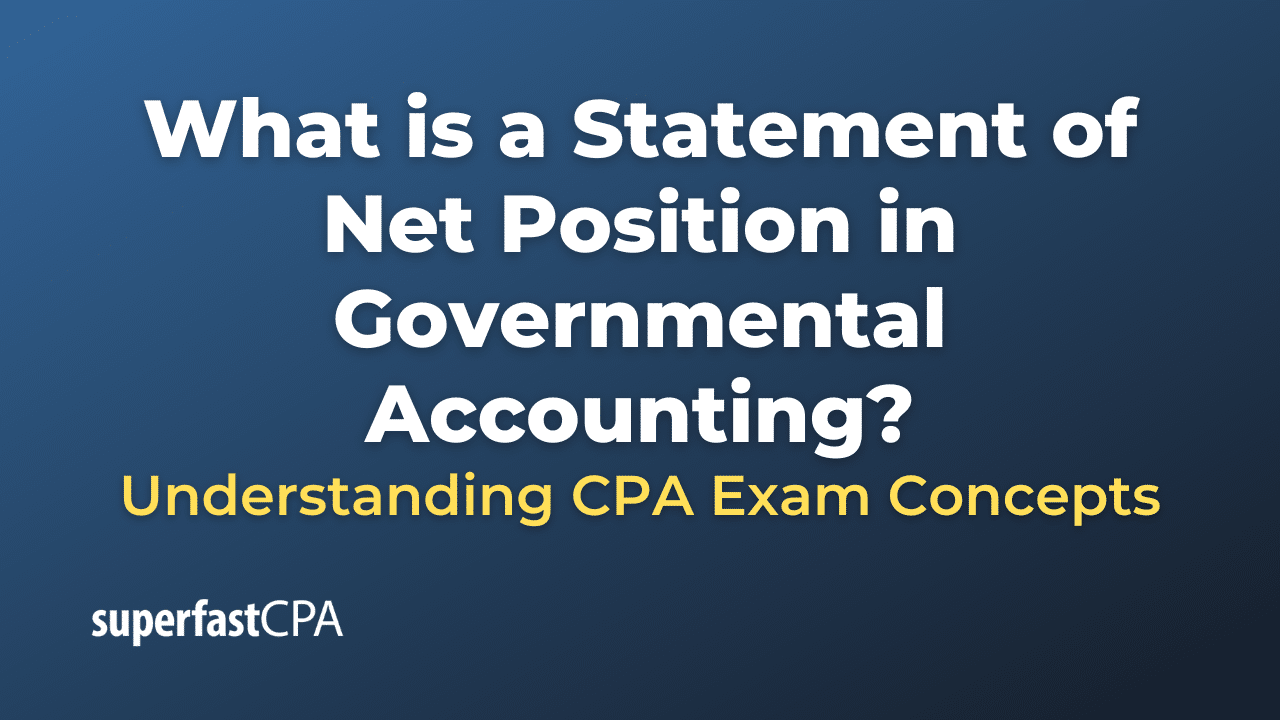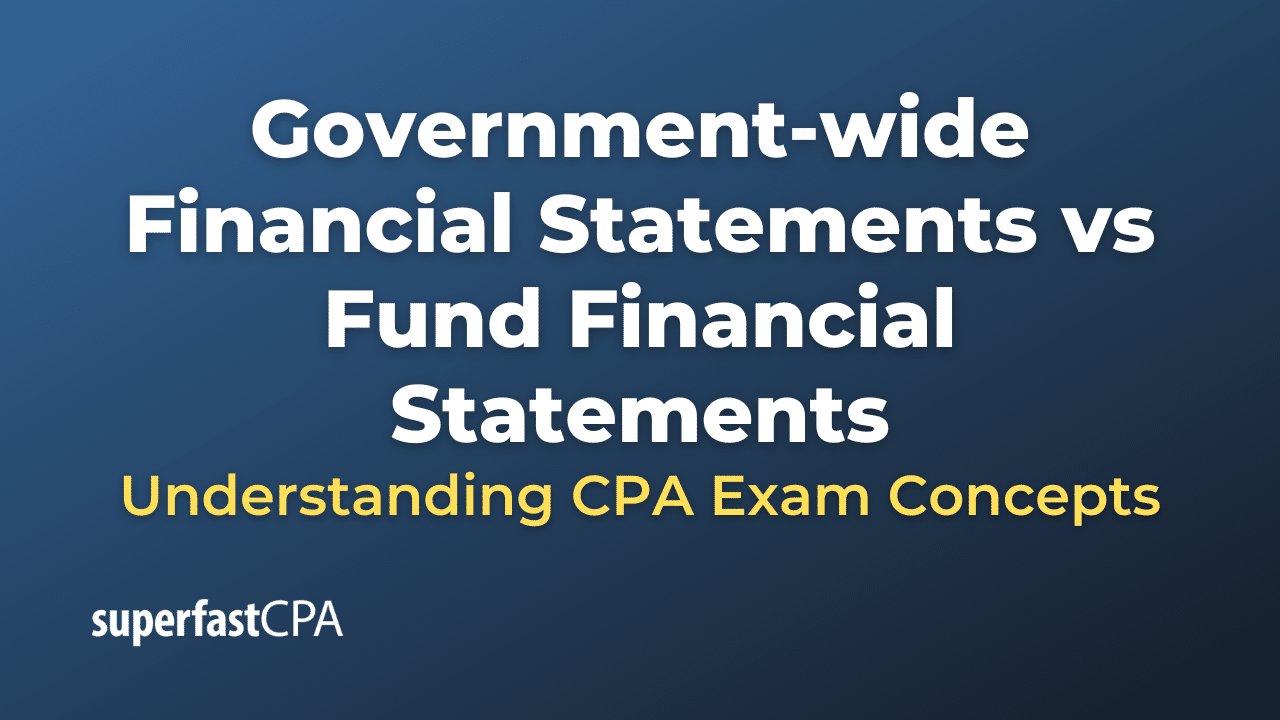Control Cycle
A control cycle, also known as a control loop or feedback loop, is a systematic process that involves continuous monitoring, evaluation, and adjustment of a system or process to maintain its desired performance, output, or state. Control cycles are commonly used in various fields, such as management, engineering, and information technology, to ensure that systems and processes remain effective, efficient, and aligned with organizational goals and objectives.
A typical control cycle consists of the following steps:
- Establish objectives and standards: Define the desired outcomes, performance levels, or states for the system or process. This may involve setting specific goals, targets, or performance indicators that can be used to evaluate the system’s performance.
- Monitor performance: Continuously or periodically collect data and information on the system’s or process’s actual performance, output, or state. This may involve using sensors, measuring devices, or data collection tools to gather real-time or historical information.
- Compare actual performance to objectives and standards: Analyze the collected data and information to determine how well the system or process is performing relative to the established objectives and standards. This may involve calculating performance metrics, conducting statistical analyses, or using other evaluation methods to identify gaps, trends, or deviations from desired performance levels.
- Identify deviations and root causes: If the actual performance does not meet the objectives and standards, identify the reasons for the deviations. This may involve conducting root cause analyses, process audits, or other diagnostic activities to pinpoint the underlying factors contributing to the performance gaps.
- Implement corrective actions: Develop and implement actions, strategies, or interventions to address the identified deviations and root causes. This may involve adjusting process parameters, updating policies or procedures, providing additional training or resources, or implementing new technologies or process improvements.
- Evaluate the effectiveness of corrective actions: Monitor the system’s or process’s performance after implementing the corrective actions to determine if the desired outcomes, performance levels, or states have been achieved. If not, the cycle repeats with further adjustments and evaluations until the objectives and standards are met.
Control cycles can be applied to a wide range of systems and processes, from simple mechanical devices (such as thermostats controlling temperature in a room) to complex organizational processes (such as quality management systems or strategic planning processes). By providing a structured approach for continuous monitoring, evaluation, and adjustment, control cycles help organizations maintain the desired performance levels, improve efficiency, and achieve their goals and objectives.
Example of a Control Cycle
Let’s consider a hypothetical example of a control cycle applied to the inventory management process of a retail company.
- Establish objectives and standards: The company sets specific objectives and standards for its inventory management process, such as maintaining a certain level of inventory turnover, minimizing stockouts, and avoiding excess or obsolete inventory.
- Monitor performance: The company collects data on its inventory levels, sales, and demand patterns on a regular basis using its inventory management software and point-of-sale system. This data helps track the actual performance of the inventory management process.
- Compare actual performance to objectives and standards: The company analyzes the collected data to determine how well its inventory management process is performing relative to the established objectives and standards. For example, it may calculate inventory turnover ratios, stockout rates, and carrying costs to identify any gaps or deviations from the desired performance levels.
- Identify deviations and root causes: If the actual performance does not meet the objectives and standards, the company identifies the reasons for the deviations. For instance, it might find that certain products are consistently understocked, leading to stockouts and lost sales, or that slow-moving items are tying up valuable warehouse space and increasing carrying costs.
- Implement corrective actions: Based on the identified deviations and root causes, the company develops and implements actions to improve its inventory management process. This may include adjusting order quantities and reorder points, renegotiating supplier contracts, implementing demand forecasting techniques, or adopting a more sophisticated inventory management system.
- Evaluate the effectiveness of corrective actions: After implementing the corrective actions, the company continues to monitor its inventory management process to determine if the desired outcomes, performance levels, or standards have been achieved. If not, the control cycle repeats with further adjustments and evaluations until the objectives and standards are met.
In this example, the retail company applies a control cycle to its inventory management process to continuously monitor, evaluate, and adjust its performance, ensuring that the process remains effective, efficient, and aligned with the company’s goals and objectives.













